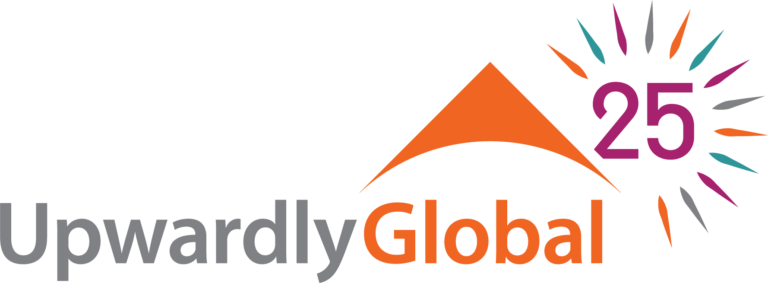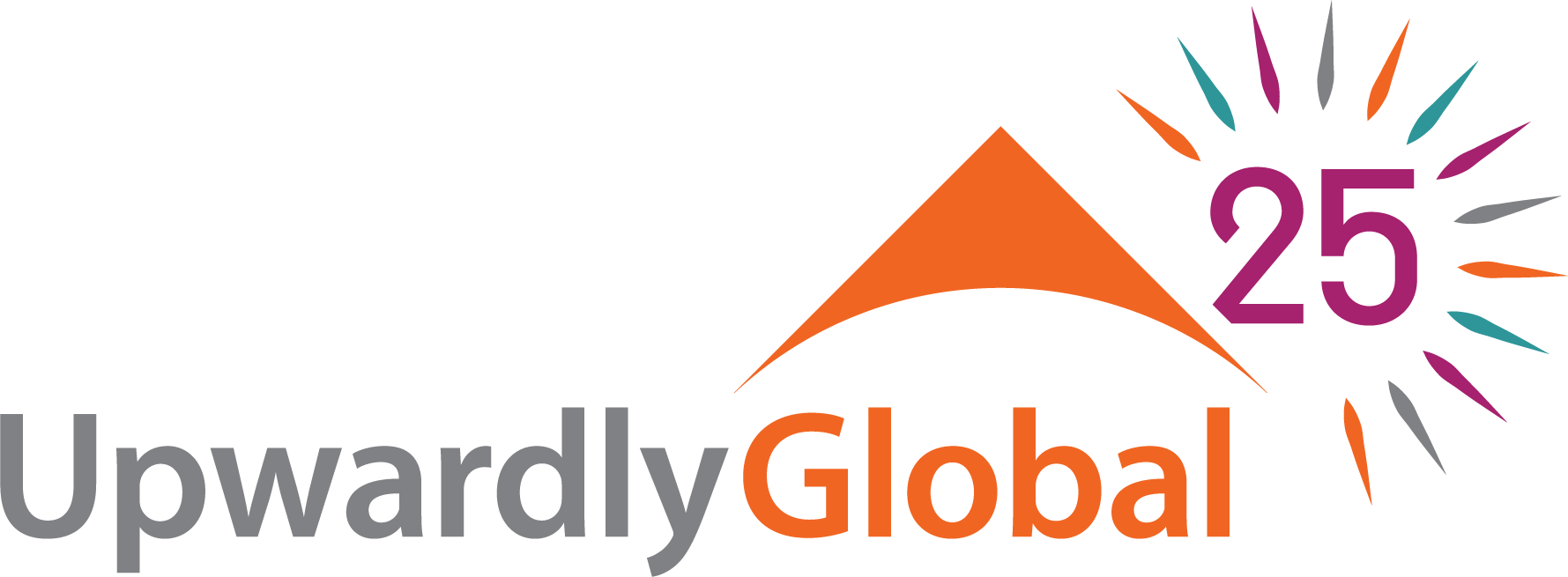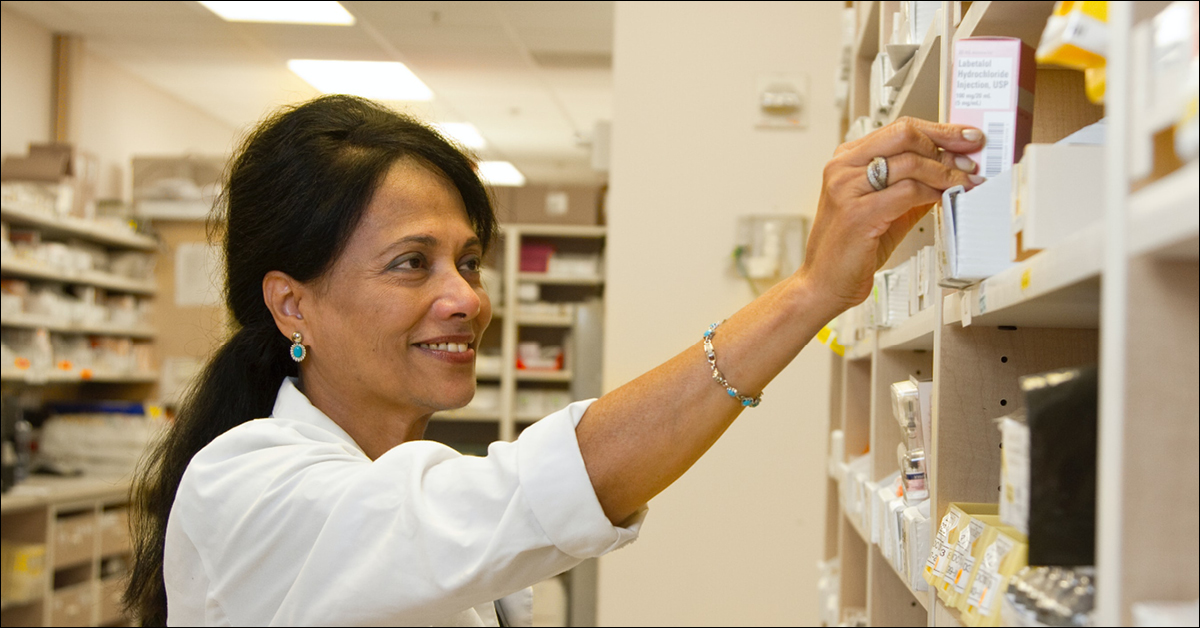How The Profession Is Organized In Washington
REGULATION OF PHARMACIST IN WASHINGTON
The Washington State Department of Health Pharmacy Quality Assurance Commission (“PQAC”) regulates the profession of registered pharmacists in Washington.
To practice as a pharmacist in Washington, you will need to be licensed. The National Association of Boards of Pharmacy (NABP) administers all tests relating to licensing eligibility for foreign pharmacy graduates. A general overview of the process is outlined below and will be discussed in more detail in this guide.
- Obtain Foreign Pharmacy Graduate Examination Committee (FPGEC) Certification
- Complete 1,500 intern hours under the supervision of a pharmacist preceptor
- Pass the North American Pharmacist Licensure Examination (NAPLEX) and Multistate Pharmacy Jurisprudence Examination (MPJE)
EMPLOYMENT
According to the U.S. Bureau of Labor Statistics, most pharmacists in the United States are employed by pharmacies, drug stores, and hospitals. Pharmacists in the United States also find work with pharmaceutical companies in research or sales roles; in insurance companies working with medical benefit packages; or with government agencies working in health policy and services.
The U.S. Bureau of Labor Statistics currently projects that employment of pharmacists will decline 2% from 2020 to 2030. Notwithstanding the foregoing, the Bureau still expects about 11,300 openings for pharmacists national over the next decade to replace workers who are transferring to other occupations or exiting the labor force (such as to retire).
The median pay nationwide for pharmacists in 2020 was $128,710 annually.
Communication skills and knowledge of medical information systems are important factors in career success for pharmacists. Their responsibilities in advising both doctors and patients continue to grow with the development of new medicines, disease management methods, and opportunities to monitor patient treatment plans to prevent harmful drug interactions.
INCREASING PROFESSIONAL STANDARDS AND INELIGIBLE PHARMACY PROGRAMS
Reform in pharmacy education in the U.S. now means that new pharmacy graduates will only qualify for licensing if they hold a 5-year pharmacy degree if they received their degree on or after January 1, 2003.
While five years is now the standard for U.S. professional degrees in pharmacy, this is not the case worldwide. Foreign-educated pharmacy candidates who graduated from a 4-year program after January 1, 2003, cannot qualify for the Foreign Pharmacy Graduate Equivalency Certification process with their current degree. Not even post-graduation coursework, internships, continuing education, and work experience can count toward the 5-year minimum. If you graduated with a 4-year degree, there are only two ways for you to become eligible for licensing in the U.S.:
- You can use your foreign degree as a basis for transfer credit to a U.S. or other 5-year pharmacy program and graduate from the new institute with a 5-year professional degree (some pharmacy schools offer special advanced standing programs for foreign pharmacy graduates). You can use the PharmCAS School Directory to research such programs.
- If you completed pre-pharmacy coursework before entering your 4-year program, you may be able to gather this documentation and have it count toward the 5-year total.
Eligibility For Washington Pharmacist Licensing
Below is an overview of the steps to apply for an RN license in the State of Washington.
A. Obtain FPGEC Certification
The purpose of the Foreign Pharmacy Graduate Examination Committee (FPGEC) Certification Program is to document the educational equivalency of your foreign pharmacy education. This certification is a 4-step process:
- Submit an application for the FPGEC Certification Program and Foreign Pharmacy Graduate Equivalency Examination (FPGEE). The application is available through the National Association of Boards of Pharmacy website. You will be required to provide supporting documentation, including proof of a foreign pharmacist license or an accepted substitute.
- Submit a Credential Evaluation Application through Educational Credential Evaluators (ECE). You will be required to submit your official pharmacy school transcripts (including any qualifying pre-pharmacy, bachelor’s degree, or post-baccalaureate coursework) and official proof of your degree in pharmacy.
- Pass the Test of English as a Foreign Language Internet-Based Test (TOEFL iBT). For applications submitted on or after January 1, 2020, you must pass the TOEFL iBT before being you will be accepted to sit for the FPGEE. TOEFL iBT scores are valid for 2 years from the date of the administration of the test. FPGEC does not accept “My Best” scores and will not consider a total score on the TOEFL iBT. Passing scores for each section are:
- Reading (22)
- Listening (21)
- Speaking (26)
- Writing (24)
- Pass the Foreign Graduate Equivalency Examination (FPGEE), which will be discussed in more detail below.
More information regarding the FPGEC certification process is available on the NABP website and Application Bulletin (2021).
1. Important Notes On the FPGEC Certification Program
- Your foreign credential evaluation does not occur early in the Certification Program. If you graduated from your pharmacy institution in or after 2003 and believe that your pharmacy degree may not be equivalent to a 5-year professional (PharmD) degree, you are participating in this process at your own risk. Get advice early on from FPGEC or a PharmD program to understand if your degree is likely to qualify.
- Your FPGEC Certification application and fees may be closed if you do not complete all application requirements within two years of submitting your application (including the TOEFL iBT requirement).
- If you sit for the FPGEE and fail, you will have to retake the FPGEE if the next FPGEE administration falls within your 2-year period and pay a fee. If the next administration does not occur until after your 2-year period has ended, you will need to restart the process by applying the FPGEC Certification Program again.
- Now is the time to make sure your name is the same on all of the major documents you will need for your licensing process. There can be real complications in your paperwork and licensing times if you do not have exactly the same name on your identification, applications, and foreign documents.
- Please note that the FPGEC has seen a rise in fraudulent documents. These fraudulent documents come from entities pretending to be official government offices with the right to approve documents. These entities say that they can speed the authentication of educational and licensure and/or registration documents for use abroad. Candidates should tell friends and relatives gathering documents for them to make sure that documents are from the issuing bodies only. If the FPGEC receives fraudulent documents, the application will be delayed and your acceptance to the FPGEC Certification Program may be jeopardized.
B. Complete Your Pharmacy Intern Hours
You will need to complete 1,500 intern hours under the supervision of a pharmacist preceptor before taking the NAPLEX and MPJE.
You will need to apply for a Pharmacy Intern license by paper or through the Department of Health website. The application for a Pharmacy Intern license requires that you submit a completed application form, a copy of your FPGEE score report, and a copy of your FPGEC certificate.
The Department of Health website provides forms to report internship hours, which should be filled out by your supervising pharmacist. More information regarding the application for a Pharmacy Intern license is available on the Department of Health website.
C. Apply for a Pharmacy License
The application for a Pharmacy License is available on the Washington State Department of Health website. You will need to submit your application and associated documentation in order to receive your Authorization to Test (“ATT”) for the NAPLEX and MPJE exams.
More information regarding the application for a Pharmacy License is available on the Department of Health website.
D. Pass Examinations: North American Pharmacist Licensure Examination (NAPLEX) and the Multistate Pharmacy Jurisprudence Exam (MPJE)
NAPLEX tests your general practice skills and knowledge of pharmacy, while the MPJE tests your knowledge of jurisdiction-specification laws that apply to the profession. All pharmacy graduates must pass these exams before being licensed in Washington, regardless of whether they graduated from a U.S.
You will need to register and pay for NAPLEX and MPJE through the NABP website. Once your application and required documentation has been processed by the PQAC, they will confirm your eligibility to take the exam with NAPLEX. NABP will then send you your ATT, which may take up to another 2-3 weeks. The ATT is valid for one year.
You must pass both the NAPLEX and MPJE with a minimum score of 75. Your test scores will be forwarded by NABP to the Washington Department of Health.
The exams will be discussed in more detail in the next section.
Tests
As a foreign pharmacy graduate, you will take three tests during your Washington licensing process, all developed by the National Association of Boards of Pharmacy (NABP):
- Foreign Pharmacy Graduate Equivalency Examination (FPGEE)
- North American Pharmacist Licensure Examination (NAPLEX)
- Multistate Pharmacy Jurisprudence Exam (MPJE)
A. General Test Procedures & Basic Characteristics
- Testing Approval: Each of these tests requires approval from the PQAC before you can take the tests. Once the PQAC approves you for testing, you will receive an ATT from NABP. The ATT includes detailed instructions for choosing a testing center and scheduling a date to sit for your exam. You should schedule your exams soon after receiving your ATT.
- Testing Sites: The tests are administered by the testing company Pearson VUE at test centers nationwide. Limited space means that the centers can have full schedules, so you should schedule your exams soon after receiving your ATT.
- Computer-based Adaptive Tests: The difficulty of the questions and their order will vary from one tester to another, depending on the answers given.
- Answer Once: Once you confirm an answer during the exam, you will not be allowed to return to it or make any changes.
- Test Day Procedures: On the day of the test, you must bring the ATT and two types of approved identification. All candidates will be required to have palm vein scans, provide digital signatures, and have digital photographs taken before being admitted to the testing room. You should arrive at least half an hour early. You will not be allowed to take the test if you arrive more than half an hour late for your appointment.
- Rescheduling or Not Completing Tests: Each exam has strict policies for giving notice if you have to reschedule your exam. There are different costs involved in making changes. If you miss your appointment or abandon the test, you will be charged all fees and may have to do additional paperwork to re-qualify.
B. Foreign Pharmacy Graduate Equivalency Examination (FPGEE)
The FPGEE is a 5½ hour exam consisting of 200 questions taken on a computer. The scaled passing score is 75.
The test is offered only once a year, so you should be careful of timing and make sure to schedule your appointment at Pearson VUE as soon as you receive your ATT.
The FPGEE tests several core content areas, including basic biomedical sciences; pharmaceutical sciences; social, behavioral, administrative sciences; and clinical sciences.
The NABP offers a Pre-FPGEE official practice exam, which you should consider taking as part of your preparation. The practice exam consists of 66 questions, and you will have 85 minutes to complete the exam. The practice exam can be taken up to twice per year and is available online.
Candidates have a maximum of five attempts to pass the FPGEE. If you fail the FPGEE, you may be able to retake it during the same 2-year acceptance period if the next test administration occurs during your acceptance period. If it does not, you will need to restart the process for applying to the FPGEC Certification Program
C. North American Pharmacist Licensure Examination (NAPLEX)
The NAPLEX is a six hour exam consisting of 225 questions taken on a computer. Of the questions, 200 will be used to calculate your exam results; the remaining 25 questions are administered for evaluation for possible inclusion in future examinations. You will not know which questions will affect your exam results.
The NAPLEX tests six content areas: (1) obtaining, interpreting, or assessing data, medical, or patient information; (2) identifying drug characteristics; (3) developing or managing treatment plans; (4) performing calculations; (5) compounding, dispensing, or administering drugs, or managing delivery systems; and (6) developing or managing practice or medication-use systems to ensure safety and quality.
The NABP offers a Pre-NAPLEX practice exam, which you should consider taking as part of your preparation. The practice exam consists of 100 exam questions, and you will have 140 minutes to complete the exam.
Candidates have a maximum of five attempts to pass the NAPLEX. If you fail the NAPLEX, you will need to wait 45 days before you can try taking it again. Further, if you fail the NAPLEX three times in a 12 month period, you must wait at least 12 months from the first attempt to reapply and begin the application process again. You may need to contact the FPGEC to request an early closure of your acceptance period so that you can reapply earlier.
D. Multistate Pharmacy Jurisprudence Exam (MPJE)
The MPJE is a 2½ hour exam consisting of 120 questions taken on a computer.
The MPJE tests three content areas: (1) pharmacy practice; (2) licensure, registration, certification, and operational requirements; and (3) general regulatory processes. The MPJE will test both federal law and state laws and regulations of the state where you are seeking licensure. This means that there is a customized MPJE for each state, and if you want to be licensed in more than one state, you will need to pass multiple versions of the MPJE.
The MPJE offers a Pre-MPJE practice exam, which you should consider taking as part of your preparation. The practice exam consists of 40 exam questions, and you will have 50 minutes to complete the exam.
Candidates have a maximum of five attempts per jurisdiction to pass the MPJE. If you fail the MPJE, you will need to wait 30 days before you can try taking it again. To retake the MPJE, you will need to apply to retake the exam.
Time And Costs
Successfully licensing as a pharmacist in Washington depends on a number of factors, including:
- The completeness of your educational and professional records and a qualifying degree program
- Your performance on several tests
- Your ability to find an internship placement
- Your free time and expendable income
The cost for registering for each of the FPGEE, NAPLEX, and MPJE runs in the hundreds of dollars. Moreover, retakes of any of the exams, or needing to restart the application process, may require additional fees. This is in addition to the licensing fee paid to the Washington State Department of Health.
Other Careers And Credentials
You may also consider registering as a pharmacy technician. A pharmacy technician typically helps pharmacists dispense prescription medication to customers or other health professionals. In Washington State, becoming a pharmacy technician requires graduation from a PQAC-approved technician training program (which may take less than a year) or commission approval of training acquired in another state and passing a national pharmacy technician certification examination.
Beyond Licensing
A. Maintaining Licensure
Pharmacists must renew their license every year. Licenses expire each year on the license holder’s birthday. A courtesy renewal notice will be mailed to you, so you must keep your address up-to-date. If you allow your license to lapse, you will need to submit additional paperwork in order to reactivate your license.
You will need to complete 15 hours of continuing education during each renewal cycle.
B. Joining a Professional Association
- State and national associations for pharmacists provide opportunities for professional development and networking. They also help set acceptable working conditions for the profession and give information and opinions on policy in Washington and across the United States. Their websites may offer useful material to pharmacy candidates about the licensing and examination process. They often provide continuing education to members as well.
C. Licensing Mobility (Reciprocity)
Washington issues licenses by reciprocity to holders of pharmacy licenses in other states. But not every state offers reciprocity, so if you choose to practice pharmacy in another state, you will need to research the requirements of that other state.
Tips
A. Get Your Degree Evaluated
Make sure that your foreign degree is likely to be accepted by the FPGEC before you start its certification program! Your degree will not be evaluated immediately, so may put in the time and effort of preparing for—or even passing—the FPGEE, only to find out that your degree disqualifies you from certification.
B. Check Transfer Credits
If you graduated after 2003 from a 4-year pharmacy program, you will have to return to school in the United States and complete the requirements for a PharmD degree. Your foreign degree could count for a significant number of transfer credits or for placement in a special advanced standing program. State your case with more than one pharmacy school and share your credential evaluation—it is possible that one school may grant more credits than another.
C. Speak Up
Be your own advocate throughout the licensing process! Seek clarification about questions and concerns directly from official sources. If you feel your degree has been misinterpreted or you do not understand a fine point of the state regulations, organize your questions, and contact the NABP and/or PQAC.



